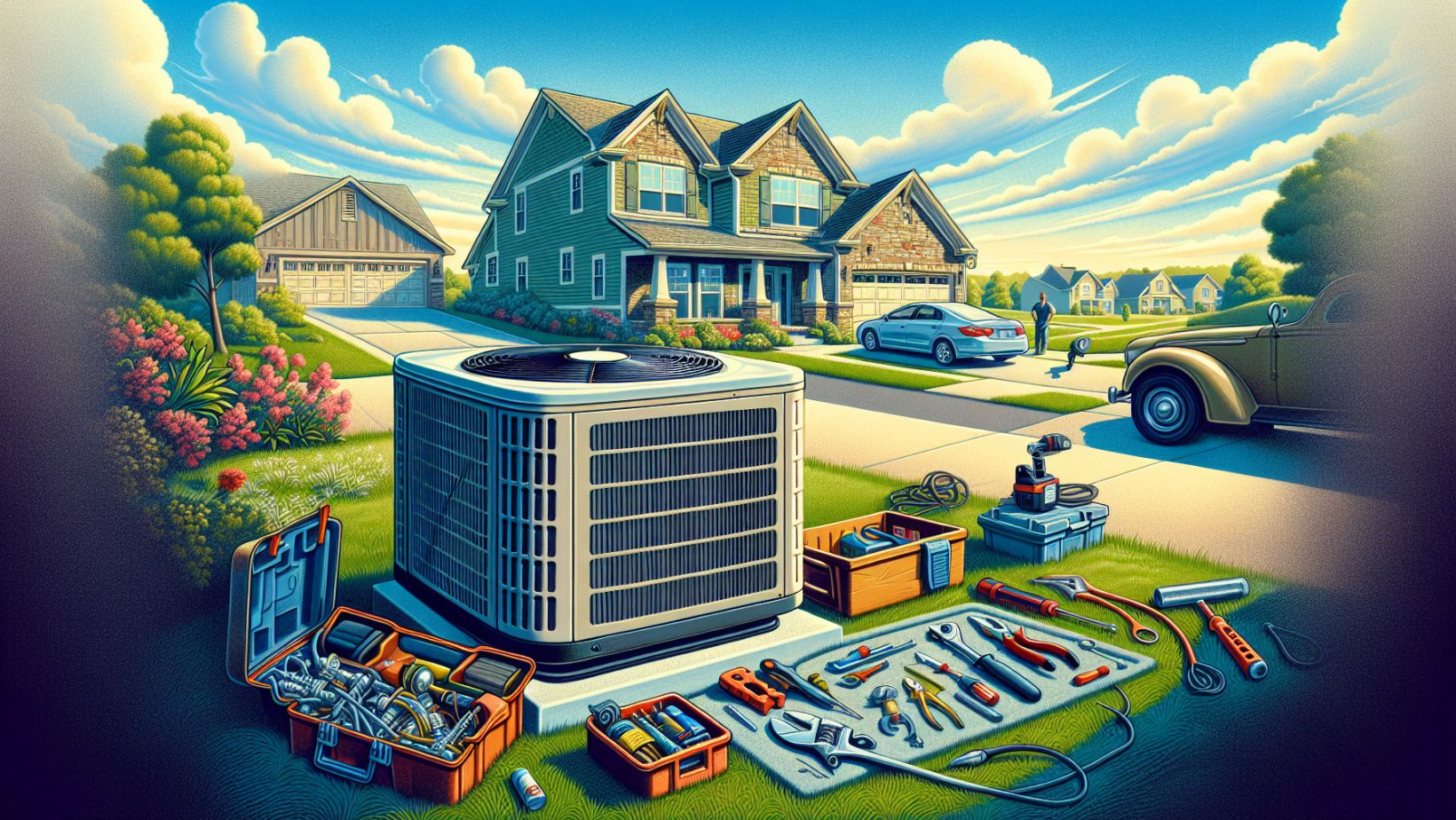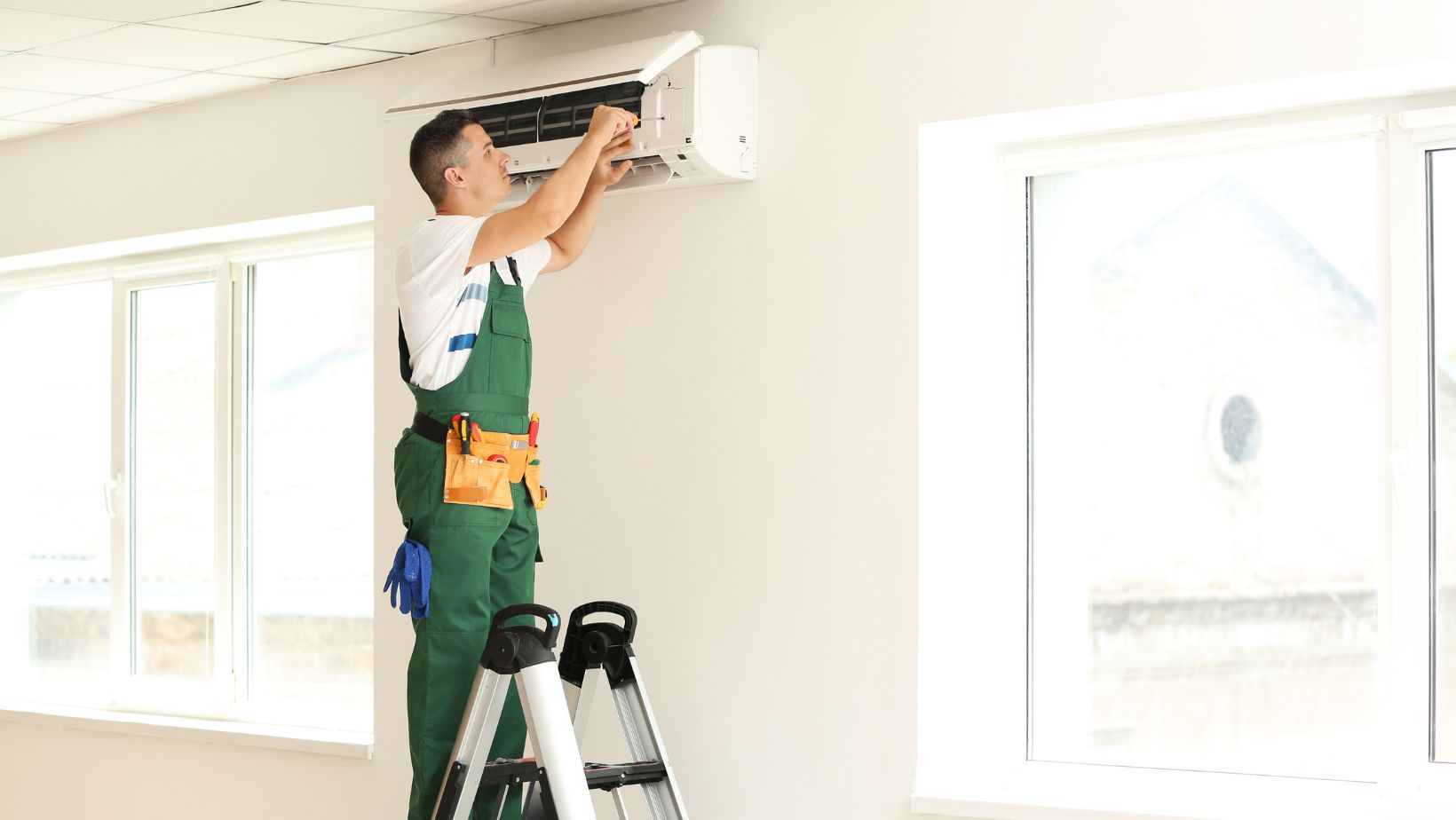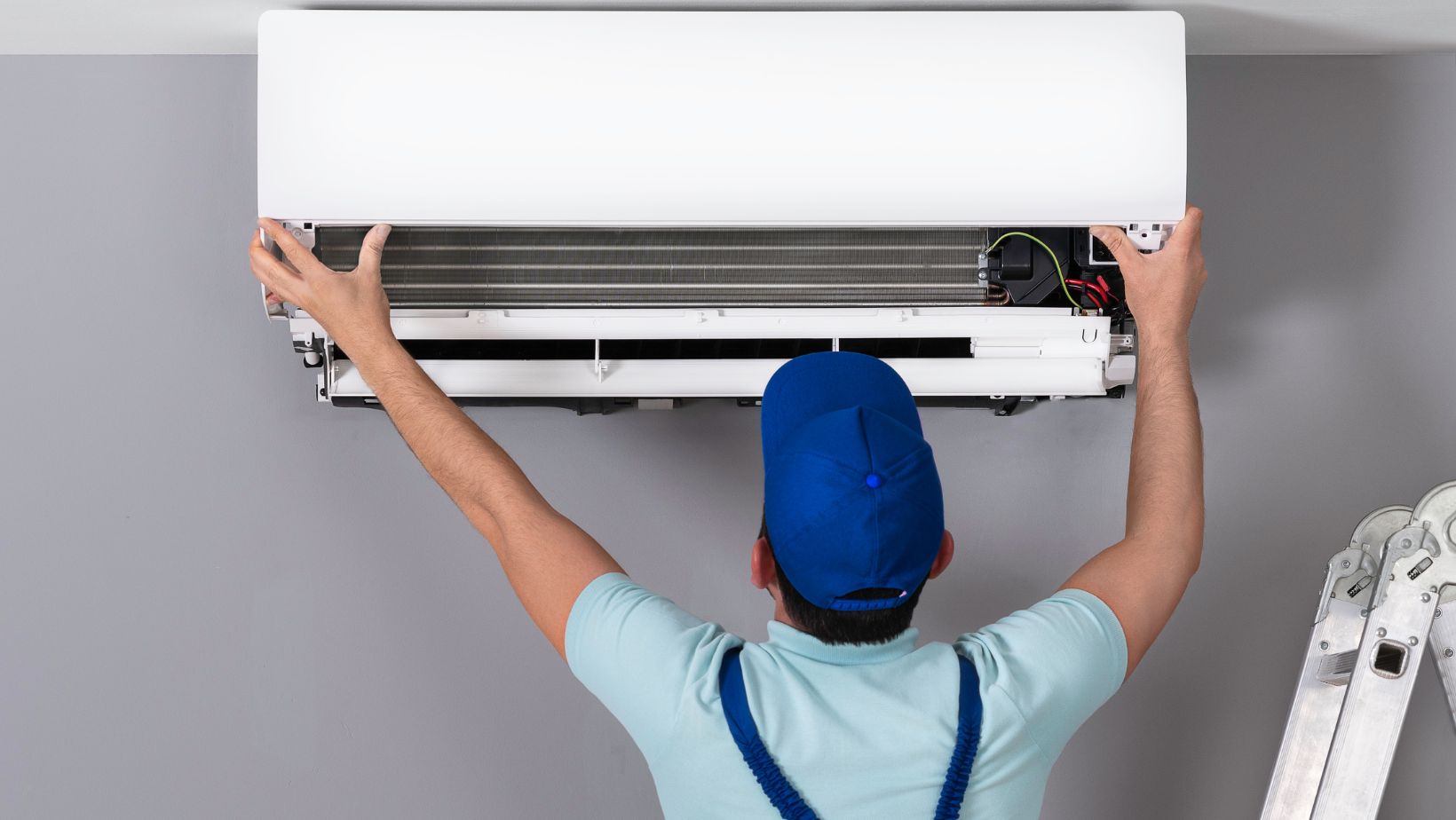
Have you ever wondered, in the middle of a sunny California afternoon, how much it would cost to fix your air conditioner if it ever broke down? It’s a question that many homeowners ponder, especially when dealing with the sweltering heat. If you’ve ever needed AC repair in Santa Monica, you know that costs can vary. Let’s break down the details so you can better understand what you might expect to pay when the situation arises.
Factors That Influence Repair Costs
The cost of repairing an air conditioner isn’t a set number. Several factors can affect how much you might end up paying. One major factor is the age and model of your unit. Older units often need more expensive and hard-to-find parts, while newer models may have warranty coverage. The brand of your AC unit can also play a role—higher-end brands typically have more expensive parts.
The type of repair needed can significantly affect the cost. For instance, fixing a refrigerant leak might be a relatively simple job, while replacing a compressor could be much more expensive. It’s crucial to get a professional diagnosis to understand what specific issue you’re facing and what it might cost to fix it.
Cost of Replacement Parts
Parts for repair can vary widely in cost depending on what needs to be replaced. Basic components like filters, belts, and fuses are generally affordable, ranging from $10 to $100. On the other hand, high-cost parts like fan motors, coils, and compressors can range from $200 to $1,500 or more. Understanding these costs can help you prepare when the technician provides you with a quote.
For example, replacing a fan motor might cost you around $400 to $600, while replacing a compressor could range between $1,000 and $2,500. These numbers can seem high, but knowing what to expect can help you budget more effectively.
Labor Costs in Different Regions
Teh cost of labor is one factor that will increase or decrease the price of repair. This can fluctuate depending on the location you are in. If you are in a pricey, urban area like Los Angeles then expect to pay more than those in rural settings. Labor can vary from $50 to $150 per hour. This will also go up if you need an emergency call out and have to get a repair at weekends or during holidays.
Imagine you’re in the middle of a heatwave, and your AC stops working. Calling for emergency services will likely cost you extra, but sometimes waiting isn’t an option. It’s always smart to have some funds set aside for these unexpected emergencies.
Ways to Minimize Repair Costs
Now that you know what factors influence the cost of air conditioner repairs, you might be looking for ways to keep those costs down. Regular maintenance is one of the best and most cost-effective strategies. Regular changes to the filter cost very little and are easy to do yourself so wont break that bank. You can drastically increase the lifespan of a HVAC system by doing this.
Warranty coverage can also help save money. If your AC unit is relatively new, it may still be under warranty. Always check your warranty details before paying for any repairs, as certain components and services might be covered. Extended warranties can offer additional peace of mind and financial protection.
Long-Term Cost Considerations
Think about long-term costs. An efficient, well-maintained air conditioner can help reduce your utility bills, saving you money over time. Energy-efficient models may have a higher upfront cost but can pay for themselves through reduced energy consumption.
Another consideration is whether it might be more cost-effective to invest in a new unit rather than repeatedly paying for repairs. If your air conditioner is over 10-15 years old and frequently needs repairs, it might be worth considering a replacement. A new, energy-efficient model can save you significant money on repairs and utility bills over time. A company such as Pure Eco Inc , with a great reputation will help you find the right one for your needs and budget.
In summary, the cost of repairing an air conditioner depends on several factors, including the unit’s age and model, the type of repair needed, the cost of replacement parts, and labor expenses. By understanding these factors and taking preventative measures, you can manage and potentially reduce the overall cost of repairs, keeping your home comfortable all year round.







